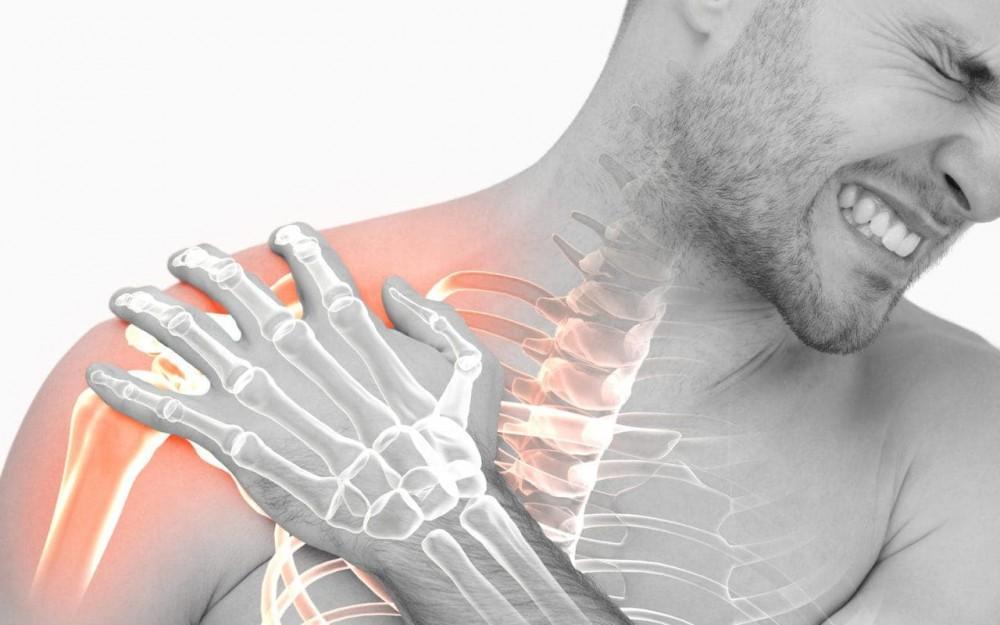Access to healthcare remains one of the most pressing challenges in many developing countries around the world. Despite advancements in medical technology and the global focus on health initiatives, a significant portion of the population in low- and middle-income countries still struggles to receive adequate medical care. The barriers to healthcare access are multifaceted, ranging from financial limitations and geographic isolation to insufficient infrastructure and a lack of trained medical professionals. However, there are various strategies that can be employed to improve healthcare access in these regions. By addressing these barriers systematically, it is possible to create a more equitable healthcare system that can serve everyone, regardless of their socio-economic status or location.
1. Strengthening Healthcare Infrastructure
One of the most fundamental ways to improve healthcare access in developing countries is by strengthening healthcare infrastructure. In many regions, particularly rural and underserved areas, there is a lack of basic healthcare facilities, such as clinics, hospitals, and medical equipment. This absence creates a barrier to healthcare access, as individuals may be forced to travel long distances to reach the nearest healthcare provider, often at great personal and financial cost.
Improving infrastructure involves not only building new healthcare facilities but also ensuring that existing ones are properly maintained and equipped. Governments, along with international organizations and non-governmental entities, can collaborate to invest in both primary and secondary healthcare facilities. This includes the provision of essential medical equipment, ensuring consistent supply chains for medicines, and improving sanitation and hygiene conditions within healthcare centers.
Additionally, enhancing digital healthcare infrastructure, such as telemedicine platforms, can play a key role in reaching remote populations. Telemedicine allows patients to consult doctors via video calls, receive prescriptions, and even participate in virtual health education sessions, thus eliminating some of the geographical barriers that exist in rural areas.
2. Expanding Healthcare Workforce Training
A critical factor in improving healthcare access is the availability of a trained healthcare workforce. Many developing countries face a shortage of doctors, nurses, and other healthcare professionals, particularly in rural or impoverished areas. This shortage is compounded by the outmigration of skilled healthcare workers to wealthier countries, where salaries and working conditions are more attractive.
To combat this issue, governments and organizations can invest in healthcare workforce training programs that aim to both expand the number of trained professionals and improve their distribution across urban and rural areas. Training initiatives can focus on producing skilled professionals at local universities, providing scholarships for medical students, and offering specialized training in areas such as maternal health, infectious diseases, and emergency care.
In addition, it is important to create incentives for healthcare professionals to remain in underserved areas. Financial incentives such as higher wages, loan forgiveness programs, or housing allowances can encourage medical professionals to work in rural regions, while efforts to improve working conditions and professional development opportunities can contribute to workforce retention.
3. Strengthening Primary Healthcare Systems
Primary healthcare is the cornerstone of any functioning healthcare system, and it plays a particularly important role in developing countries where resources are limited. Strengthening primary healthcare systems means ensuring that everyone has access to essential healthcare services, such as vaccinations, maternal and child health care, treatment for common illnesses, and preventative health measures.
One of the most effective ways to strengthen primary healthcare is by focusing on community-based care. Community health workers (CHWs) are often the first point of contact for patients in underserved areas, and they can provide critical services such as health education, basic medical care, and referrals to higher levels of care when needed. Training and deploying a strong network of CHWs is a cost-effective way to extend healthcare services to rural areas and can significantly improve health outcomes.
Additionally, integrating primary healthcare services with public health programs can improve healthcare access. For instance, making sure that immunization campaigns, maternal health services, and HIV/AIDS treatment programs are accessible through primary healthcare centers allows for a more holistic approach to healthcare delivery.
4. Making Healthcare Affordable
Cost is a major barrier to healthcare access in developing countries. For many individuals, the cost of treatment is prohibitive, leading to the postponement of necessary care or resorting to informal, often dangerous, alternatives. High out-of-pocket expenses and the absence of comprehensive health insurance systems contribute to this issue.
To improve affordability, governments and organizations must work to expand health insurance coverage or create affordable public health programs that reduce out-of-pocket expenses for vulnerable populations. Subsidized health insurance schemes, as well as community-based health insurance models, have been successful in providing affordable care in various countries. These models allow individuals to contribute small amounts to a pool, which is then used to cover the costs of treatment when needed.
Another approach is to negotiate lower prices for essential medications and medical services. Governments and health organizations can work together to bulk-buy medications, which lowers costs and ensures the availability of necessary treatments at local healthcare centers. Implementing price controls and monitoring healthcare costs can further help in reducing financial barriers.
5. Promoting Health Education and Awareness
Improving healthcare access is not solely about increasing the number of medical professionals or building more facilities—it is also about empowering individuals with knowledge about their own health. Health education plays a key role in both prevention and early treatment of many diseases.
Promoting health education initiatives, especially in rural areas, can help individuals make informed decisions about their health, prevent common illnesses, and seek care when necessary. Public health campaigns aimed at educating communities about sanitation, vaccination, maternal health, and nutrition can significantly reduce preventable diseases and improve overall health outcomes.
Moreover, health education empowers individuals to better navigate the healthcare system. When people are aware of their rights to healthcare services and the availability of local health resources, they are more likely to seek care when needed.
6. Leveraging Technology for Healthcare Delivery
Technology has the potential to play a transformative role in expanding healthcare access in developing countries. Mobile health (mHealth) platforms, for instance, can provide people with access to medical advice, health tips, and reminders about vaccinations, medications, and checkups.
Telemedicine and mobile diagnostic tools can significantly reduce the need for long-distance travel to urban centers. These technologies can be used to diagnose conditions, provide remote consultations, and even track patients’ progress over time. Additionally, mobile apps and SMS-based services can serve as vital communication tools to provide public health messages, appointment reminders, and basic health information.
By harnessing the power of technology, healthcare services can reach individuals in even the most remote regions, breaking down barriers of distance and providing access to much-needed healthcare services.
7. Strengthening International Partnerships
Addressing healthcare access in developing countries requires the collective effort of governments, non-governmental organizations (NGOs), and international health agencies. Strengthening partnerships between local governments, international organizations, and private-sector actors can help pool resources and expertise, ensuring that healthcare programs are sustainable and impactful.
Global initiatives, such as the World Health Organization’s (WHO) programs for universal health coverage, can provide the framework for improving healthcare access worldwide. Additionally, international organizations can provide technical assistance, funding, and training to bolster local healthcare systems.
Conclusion
Improving healthcare access in developing countries is an urgent and complex challenge that requires multifaceted solutions. By strengthening healthcare infrastructure, expanding workforce training, promoting primary healthcare systems, improving affordability, and utilizing technology, it is possible to make substantial progress in bridging the healthcare gap. With concerted efforts from both local governments and international organizations, access to quality healthcare can become a reality for more people around the world, paving the way for healthier populations and more sustainable healthcare systems.














